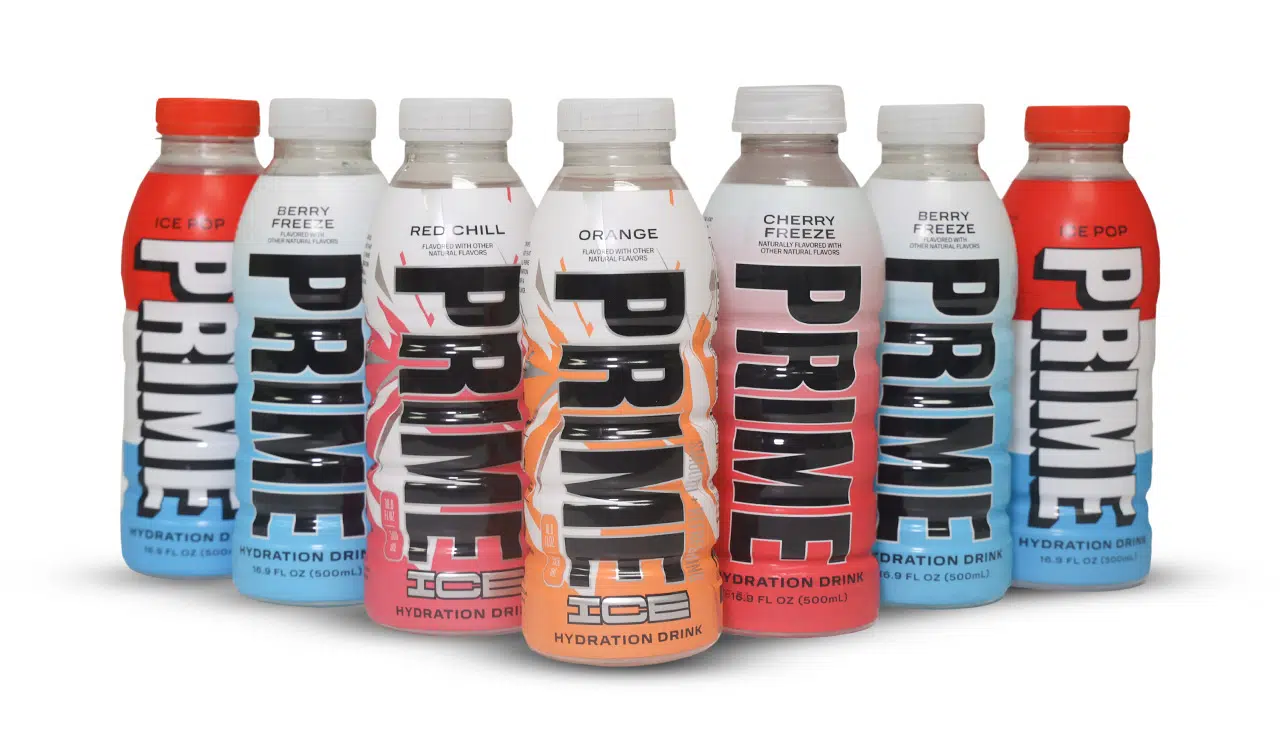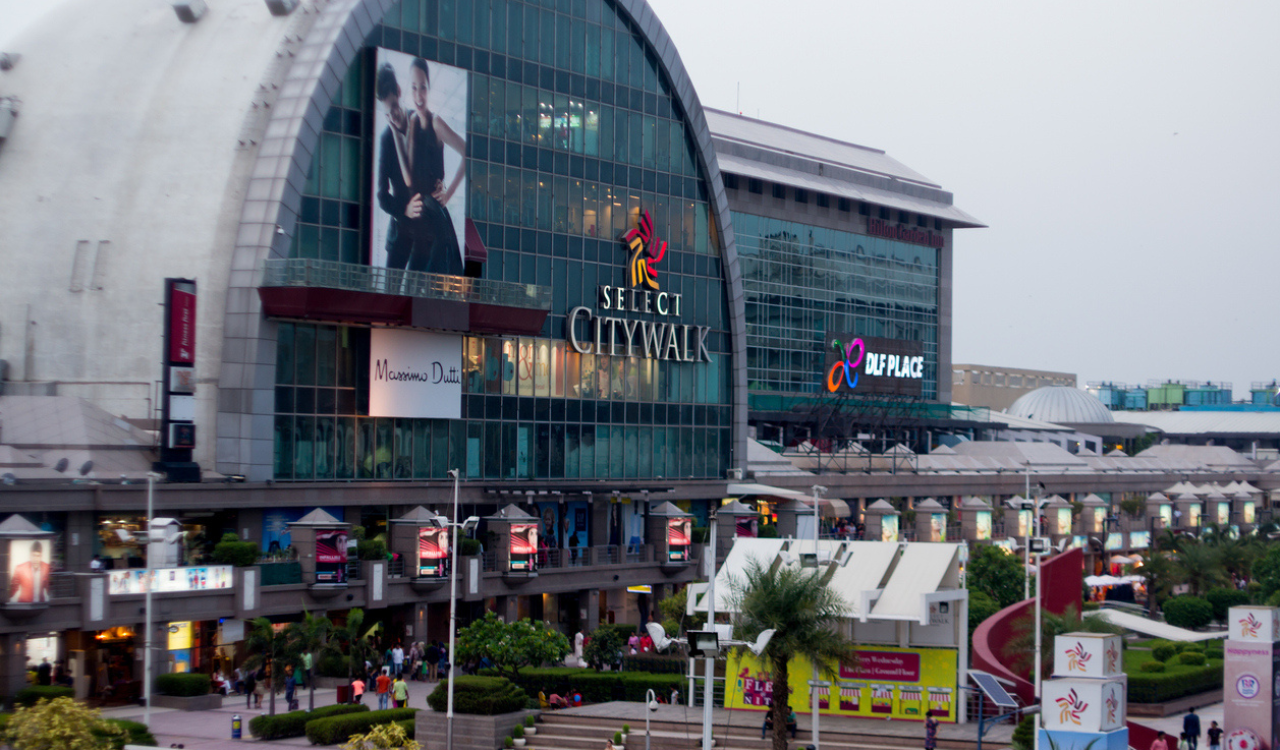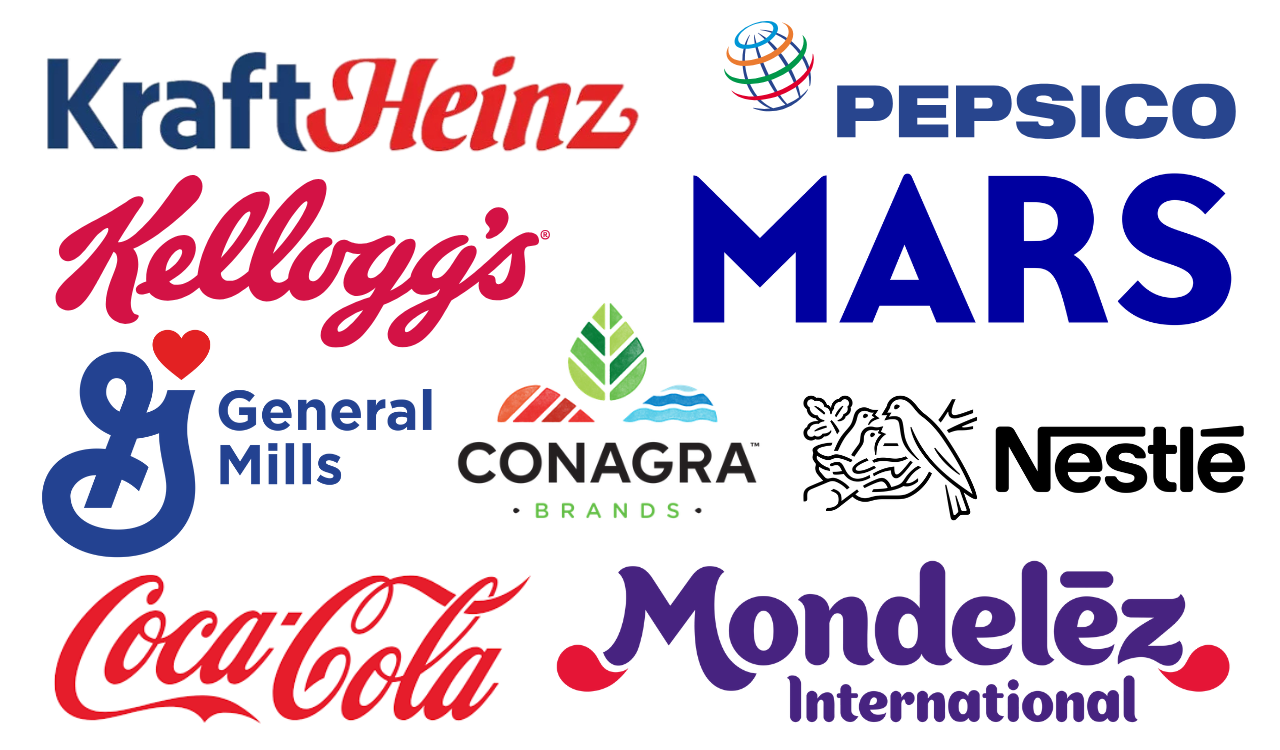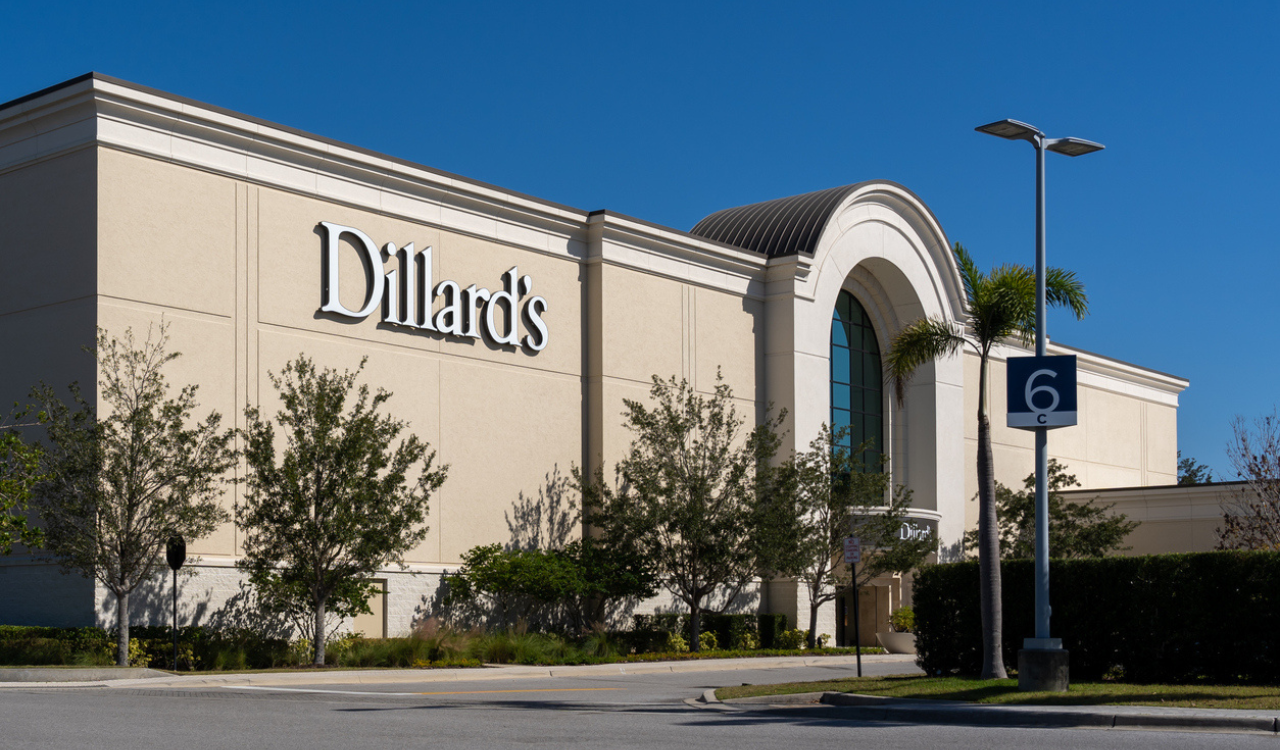When I hear the word “Prime,” two things come to mind: First, Amazon’s premium subscription service. Second, Deion Sanders, “Coach Prime,” the NFL Hall of Famer turned dynamic college football coach, whose legacy continues to live on through his talented sons, Shedeur and Shilo, both rookies in the upcoming NFL season. But the Prime I’m writing about today is something altogether different. Actually, it’s more subprime than Prime—a cautionary tale for every brand of what happens when marketing momentum and influencer clout are mistaken for brand durability.
Prime sprinted into more than 90,000 retail locations worldwide—without first validating real, sustained consumer demand. That’s a risky formula. Shelf space comes at a premium. Slotting fees, return logistics, and strained retailer relationships can rapidly erode profitability when product velocity stalls. And that’s exactly what happened.
Waterworks
The Prime I am talking about is Prime Hydration, the beverage brainchild of YouTube juggernauts Logan Paul and KSI, which quickly skyrocketed from its launch into a cultural phenomenon—if you happened to be in the age 12-24 cohort.
Originally pitched as a Gatorade killer, Prime Hydration quickly expanded from an electrolyte-infused coconut water to a full suite of hydration and energy drinks. At its peak, Prime notched an estimated $1.2 billion in sales in 2023, surpassing Gatorade in Walmart’s hydration category and triggering a frenzy among Gen Alpha, younger Gen Zers and, ostensibly, their parents who do the shopping.
Retailers couldn’t keep it on shelves. In the UK, bottles of strawberry watermelon were being secured with anti-theft tags. On resale sites, Prime cans reportedly sold for up to £1,200—nearly $1,500. Tesco imposed bottle purchase limits. Mahomes and Aaron Judge endorsed it. Limited-edition drops added an aura of scarcity. Logan Paul even offered a 24-karat-gold bottle giveaway to mark $1 billion in sales. But just like the caffeine spike that follows a chug of Prime Energy, the crash was inevitable and steep.
The Numbers Are Brutal
In the first quarter of 2024, Prime’s UK sales fell by 50 percent year-over-year, from £26.8 million to £12.8 million. By midyear, that collapse deepened to a staggering 70 percent annual drop. Profits shriveled by more than 90 percent, down to just £312,000. In the U.S., Prime’s sales declined 40 percent year-over-year in early 2024, even as other brands in the same category continued to grow. Even more telling, clearance bins in British supermarkets now carry Prime for as little as 31 pence a can—quite a fall for a product once worth more than a round-trip plane ticket from New York to Paris.
The U.S. story isn’t any prettier. Prime’s sales dropped a staggering 40 percent in the first half of 2024, according to Numerator, a market research firm; an alarming dip in a category where most competitors are still growing. The brand’s retail momentum has evaporated, with Beverage Digest reporting that Prime is now firmly in “negative sales territory.” The crash is being driven by a perfect storm: fewer new buyers, declining repeat purchases, and a collapse in the social media hype that once made Prime a must-have. The fallout has been brutal—Prime is now facing lawsuits from manufacturing partners over unpaid bills and broken volume guarantees, a direct result of missed sales projections and vanishing consumer demand. Devaluation on that scale on both sides of the pond can’t just be chalked up to market conditions; it has to be by customer choice.
What Caused the Crash?
The mirage of hype. Prime’s visibility was unmatched—nearly 100 percent brand recognition among Gen Z. But only 12 percent of consumers ever bought it more than once. Kids flocked to it for the flex, not the flavor. Its repeat purchase rate lagged far behind competitors like Liquid Death, Celsius, or Coca-Cola. The “hype-fueled scarcity” that made it feel collectible also masked the brand’s Achilles’ heel: The product didn’t inspire loyalty.
Reilly Newman, a brand strategist for California-based Motif Brands, told The Robin Report that Prime’s struggles may mirror those faced by Liquid Death when it tried to enter the UK market. He explained that a complete denial of entry forced Liquid Death to refocus on its domestic audience—a situation he believes may be repeating itself with Prime. “This is most likely due to what made these brands popular also being the very thing that causes them to flop in a different cultural context,” he said.
According to Newman, Prime’s concept works well in the U.S. because of its ties to YouTube culture and the broader American lifestyle. “Not to mention the involvement with UFC and connection to Jake Paul,” he added. While the brand made an initial splash driven by perception and hype, that desire eventually faded. Newman noted that “this desire was reinforced by the chemicals involved and the decline of perceived value.”
Was the Drink Really that Bad?
Rather than subject my own (increasingly skeptical) taste buds to a bottle of Prime, I turned to the best focus group I know: my two daughters. Both of them—Bella Wierson, 20, a creative business student at Breda University in the Netherlands, and her younger sister, Gabriella, 9 — were very familiar with the brand. They’d seen the frenzy firsthand. Their friends were obsessed for a time. Prime was passed around among peers like a coveted collectible.
But the actual product? A letdown. “I had friends—especially in the UK—who were ecstatic about Prime,” Bella told me. “But I never saw the appeal. After my first taste, I knew there wouldn’t be a second. It was mid. It’s fine to grab our attention with celebrity, but if there’s no quality behind it, don’t bother.” Gabriella, for her part, shrugged with the kind of unimpressed realism only a 9-year-old can deliver: “It’s just okay.” For a product that once sold for hundreds on the resale market and was locked behind anti-theft tags, “just okay” may be the most damning review of all.
Scale Without Substance
Prime sprinted into more than 90,000 retail locations worldwide—without first validating real, sustained consumer demand. That’s a risky formula. Shelf space comes at a premium. Slotting fees, return logistics, and strained retailer relationships can rapidly erode profitability when product velocity stalls. And that’s exactly what happened.
“Too many brands mistake early buzz for long-term viability,” said Bradley Honan, CEO of New York City–based Honan Strategy Group, a leading polling and market sentiment measurement firm. “Retail expansion without repeat consumer engagement is a recipe for financial and reputational collapse. Scale only works when it’s built on substance—and Prime missed that memo.”
As a veteran pollster and expert in public perception, Honan added: “This brand was clearly racing ahead without truly understanding the terrain. A more strategic approach would have involved rigorous market testing, gauging consumer sentiment, and then scaling accordingly. That kind of disciplined insight is what separates lasting brands from flash-in-the-pan fads.”
Wrong Audience, Wrong Gatekeepers
Prime was built for Gen Z and younger—its marketing is a constant barrage of social stunts, TikToks, and YouTube shorts. But minors don’t hold the purse strings. Parents do. And once concerns over caffeine levels, lawsuits, and product safety emerged—including allegations that Prime contained “forever chemicals”—adults pulled the plug.
New York Senator Chuck Schumer publicly called the drink a “cauldron of caffeine.” A class-action suit followed. Meanwhile, Reddit threads were filled with reports of students trading, sneaking, and being banned from bringing Prime to school. The backlash wasn’t limited to health—it was about trust, and Prime lost it fast.
Brands built by internet personalities tend to burn hot and fast. What felt cool to 13-year-olds in 2022 now feels passé to the same group as they enter their mid-teens. And the next wave of Gen Alpha consumers isn’t interested in last cycle’s trend.
This cohort—kids born between 2010 and 2024—is moving fast. They wield enormous spending influence and have near-constant exposure to new products via YouTube, TikTok, and Instagram. But as Andrea Hernández, author of the food-and-beverage trend newsletter Snaxshot, told Fortune, “a brand cannot live on hype alone… Gen Alpha chews up brands and spits them out.”
Logan Paul Isn’t Helping
For all the flash of Prime’s launch, Paul’s public persona remains problematic. From past controversies—like filming a suicide victim in Japan—to a failed NFT scheme, Paul carries reputational baggage that’s hard to ignore. His online defenses of Prime’s packaging and caffeine content may resonate with fans, but for skeptical parents and regulators, they only amplify the concern. And as Hernández put it bluntly: “You get banned by schools, you start to get this sort of reputation, whether or not things actually turn out to be factual.”
Strategic Reset—or Last Gasp?
Facing mounting scrutiny, Prime has initiated a strategic “reset,” attempting to shift from viral sensation to sustainable CPG brand. A new line called Prime Ice launched in early 2025, and the company is reportedly working to tone down the theatrics. But it may be too late. The narrative has shifted, from exclusivity and cool to clearance-bin cautionary tale. But it is probably too little, too late.
Prime’s rapid rise and equally swift collapse isn’t just a quirky tale about influencer ego and ‘tween energy.’ It’s a blueprint for how not to build a consumer brand.
- Hype creates spikes. Loyalty creates revenue.
- Virality drives launch. Quality sustains scale.
- Kids create culture but adults control the cart.
Prime proved that a social media celebrity can generate over a billion dollars in early sales. But it also proved that no number of followers can save a weak product, especially when trust evaporates. The question isn’t whether Logan Paul and KSI can relaunch or rebrand. It’s whether consumers—especially the fast-moving, fad-savvy Gen Alpha—will care enough to give them a second chance.
To Ethan Bearman, a Beverly Hills–based entertainment lawyer and media commentator, Prime’s collapse follows a familiar arc. “It may seem spectacular,” he said, “but it’s just the latest chapter in a long history of celebrity-fueled crash-and-burn fads.”
Bearman sees a pattern in which stars—flanked by yes-men or driven by a kind of entrepreneurial hubris—mistake their visibility for vision. “Clearly, Logan Paul got in over his head,” he noted. “Whether it was bad advice or a fundamental misunderstanding of what it takes to build a sustainable consumer product, he plowed ahead on momentum and ego.”
There are exceptions, Bearman admitted—celebrity ventures that have stuck the landing. “George Clooney and Randy Gerber with Casamigos. Kim Kardashian with Skims. Ryan Reynolds with Mint Mobile. But those are outliers,” he said. “Most of the time, the bigger the celebrity, the bigger the flop.” What separates the success stories from the wreckage, Bearman argued, is more than star power. “Brand extension requires more than just a following—it demands strategy, authenticity, and real staying power.”





